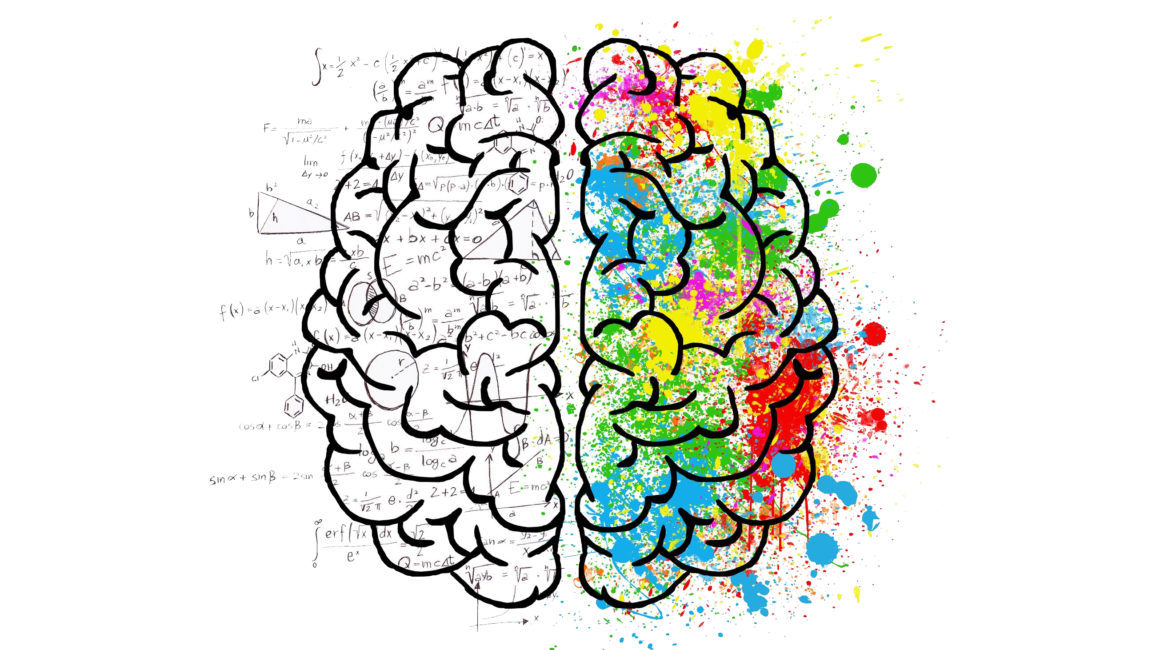Post written by Jenny Hannifin, Archive Assistant.
The Neuroscience of Discovery
Last year we posted Problem-Solvers or Rocket Scientists? Same Difference, a blog that explored the nature of learning in informal settings. It explained how children and adults are constantly navigating “an ecosystem of learning opportunities, interconnected experiences that interact with and influence one another.”
A book about neuroscience published this year – The Brain in Context: A Pragmatic Guide to Neuroscience* – explains that the learning inherent in the act of discovery is not just a 21st century skill: it links directly to the neurobiology of our brain.
- “Learning is our premium cognitive capability. The continued integration of skills … into frameworks of inquiry reflects our very nature …” (Moreno and Schulkin p 93)
Different brain regions are associated with different cognitive functions, most of which relate to the process of discovery: face recognition in the fusiform gyrus, the capacity for reflection on intentions in the angular gyrus, the consolidation of events into memory in the hippocampus and neocortex, working memory in the lateral prefrontal cortex, and memory extinction in the medial prefrontal cortex, to name just a few. Add in myelin interaction, glial cells, synaptic pruning, and environmental factors, and the result is a complex neural process much more nuanced than the outdated metaphor of “brain as computer.”
Our drive to discover – the physical thrill we get from playing with, and learning from, ideas –is a form of appetite. We crave things. Neurotransmitters like dopamine, norepinephrine, serotonin and acetylcholine modulate our arousal states – things like alertness, cognitive and motor organization, even emotions.
- “Scientific hypothesis might seem like deadly serious stuff, but underneath it all, it is a form of play. … Play with ideas, the drudgery of test and failure, the excitement when something works, and, even more importantly, reliable replication, are all common themes, even in children’s play.” (Moreno and Schulkin p 193).
How we as humans think and act and learn is a dance of decisions and behaviors, constraints of neural design, interaction and compatibility with the external environment.
Here at the museum we wholeheartedly believe that problem-solving is something anyone can do. Neuroscience tells us that not only is it something anyone can do – problem-solving is something we are wired to do.
*All quotes from The Brain in Context: A Pragmatic Guide to Neuroscience, by Jonathan P. Moreno and Jay Schulkin (Columbia University Press, 2020)

